This event is full! If you register, you will be added to the waitlist and we will reach out if a spot opens up.
The entire family is invited to join the Illinois River Watershed Partnership, Grand River Dam Authority, University of Arkansas Cooperative Extension, the City of Siloam Springs, and Ivory Bill Brewing for this educational workshop on lawn care and rain barrels. Be one of the first 25 households in Siloam Springs to register and take a free, pre-built rain barrel home ($70+ value). One per household, please bring the mailed invitation or a Siloam Springs utility bill to receive your free rain barrel.
If you do not live in Siloam Springs, you are still welcome to attend the workshop.
Please Register below. Email contact@irwp.org if you have any questions. We will confirm your spot by email the week prior to the event. Check out the Facebook Event in the meantime.
AGENDA
1:00 PM - Introductions, grab a beer and a seat!
1:05 PM - Sustainable Stormwater in NWA - Morgan Keeling, IRWP
1:30 PM - Landowner Opportunities through Pollinator Partnership and Bee Friendly Gardening Programs - Sara Wittenberg, Bee Friendly Gardening Coordinator / Arkansas NRCS Pollinator Liaison / Pollinator Partnership
1:50 PM - Questions
2:00 PM - Break
2:15 PM - Landscaping for Water Quality - Jeri Fleming, GRDA
2:50 PM - Break
3:00 PM - Build Your Own Demonstration and Maintenance - Jane Maginot, University of Arkansas Cooperative Extension
3:40 PM - Questions
3:50 PM - Load your Rain Barrels or stay and chat with us!
You may not think that your lawn has much of an impact on the world beyond your block, but it does! We have been trained over generations to appreciate lawns and open space as that are uniform with grass freshly cut short and free of ruffage. Let‘s rethink our vision of a perfect lawn and learn how to incorporate stormwater into our landscaping to improve water quality, help our neighbors downstream, and create beautiful spaces that connect us with our natural heritage.
“Each week we mow 45 million acres of lawns, an area larger than Florida. Two million more acres of lawns are added each year. Over the growing season, 800 million gallons of gasoline are used. We use 25,000 gallons of water per lawn to keep it green, half of our household water consumption. Lawns are our biggest irrigated crop but we cannot eat it or sell it.“ (AR.Audubon.org)
One of the primary reasons we need more use of rain barrels, managed natural areas, no mow zones, and other residential stormwater solutions is due to the rapid streambank erosion we are experiencing in the Illinois River Watershed. Our engineered hardscapes are very efficient at moving stormwater away from our properties at a high volume, velocity and with contaminants eventually arriving at our natural stormwater infrastructure - swales, streams, creeks, and rivers that are used for recreation and drinking water. This natural infrastructure is not equipped to handle the consequences of even small rains falling on today’s engineered landscapes. Streambank erosion is “death by 1,000 cuts” as it shears away soil, erodes banks resulting in tree falls, and loss of what we call riparian vegetation. The riparian area is the area of land adjacent to the stream; it is an important and often vulnerable area, hosting a multitude of habitats and shading the water to prevent pathogen breeding and harmful algae blooms. One other reason we need to integrate native plants and rain gardens into our landscapes is that deep root systems absorb stormwater and treat pollution from fertilization, pesticide and herbicide application, industrial contaminants, pet waste, and most everything to keep them from going downstream. This process is called phytoremediation.
Resources: Building Rain Barrels to Harvest Rainwater

